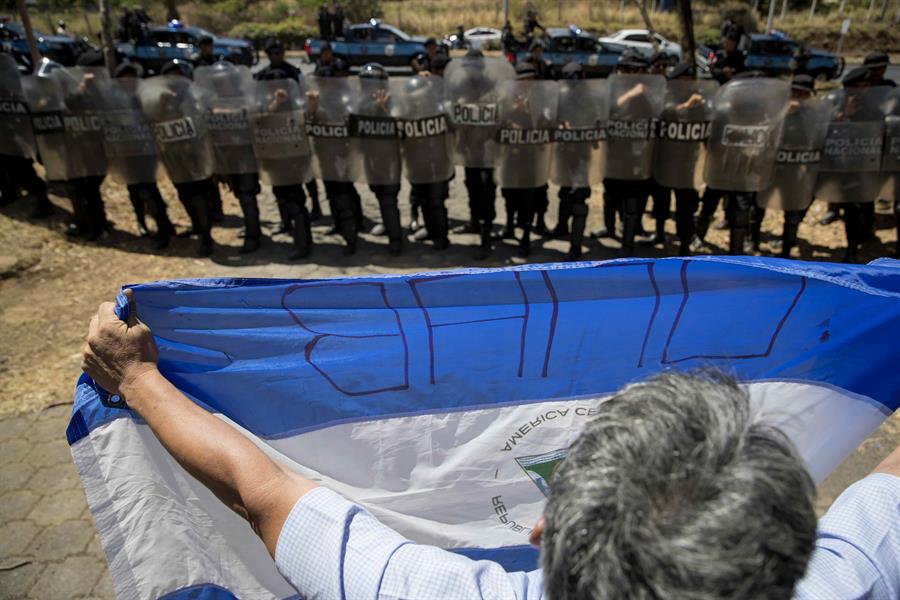The Criminalization of Protest

By Rafael Rojas (Confidencial)
HAVANA TIMES – Cuban sociologist Haroldo Dilla is a professor at the International Studies Institute of the Arturo Prat University in Chile. He has focused attention on the rhetorical strategies being used by Latin American governments to justify repression and criminalize protest. While countries such as Venezuela and Nicaragua call the demonstrators “coup plotters” and “imperialist agents”, in Chile or Colombia, they’re termed “Castro-Chavez supporters”, or “narcoterrorists”.
The language of the Latin American left and right articulates a transverse discourse that responds to the same logic of disparagement, while using different glossaries. The objective of both is to establish the demonstrators as dangerous elements. They’re spoken of as violators of the law (delinquents, vandals, rabble), and also objectified using racial, sexual or generational stereotypes (indigenous people, Afro-descendants, feminists, youth). Finally, the language identifies them as political enemies (populists, neo-liberals, socialists, or conservatives).
Let’s look at three examples from the last few weeks. In Rio de Janeiro recently, 25 civilians were killed in a raid on a poor favela, or slum. On his Twitter account, Brazilian President Jair Bolsonaro congratulated the police for their massacre. He described the victims as “traffickers who steal, kill and destroy families, [although] the leftist press wants to present them as common citizens.”
Meanwhile, in the Colombian protests, former president Alvaro Uribe called for the police and army to forcibly “defend people and property from the criminal actions of vandalic terrorism”. Uribe is a follower of the Chilean ideologue Alexis Lopez, who maintains that the Latin American left is promoting a “disparate molecular revolution”, via the youth’s internet connections. Uribe recommends that the State transform itself into a huge counterinsurgency machine.
Thirdly, in Havana, Cuba on April 30, several dozen young people attempted to express their solidarity with artist Luis Manuel Otero Alcantara, who was on a hunger strike. The strike was Otero’s response to an illegal search of his home, followed by his irregular arrest, and the seizure and destruction of his artwork.
Otero has been captured and held incommunicado in a hospital since May 2nd. Over a dozen youth also remain in jail or awaiting trial. Speaking at the Cuban Communist Party Congress, President Miguel Diaz Canal reviled the artists and intellectuals involved in the San Isidro Movement and the 27N. He called them: “activists for chaos, vulgarity and disobedience”. He further termed them “mercenary lumpen”, who promote “the banal, vulgar and indecent, and a false thinking and culture.”
There are those who insist that the repression in Brazil or Colombia can’t be compared with that of Venezuela or Cuba. However, clearly it can. Plutarco’s “Parallel Lives” speaks of comparing different things, even though they can’t be equated. The lethal nature of the repression may be different, but the language of exclusion used is very similar.
This article originally appeared in “La Razon” of Mexico.





